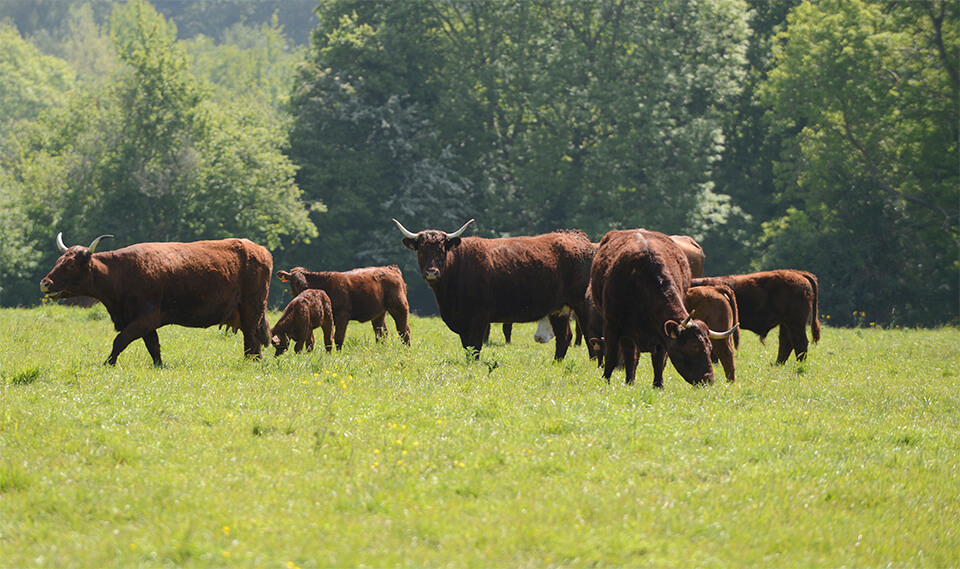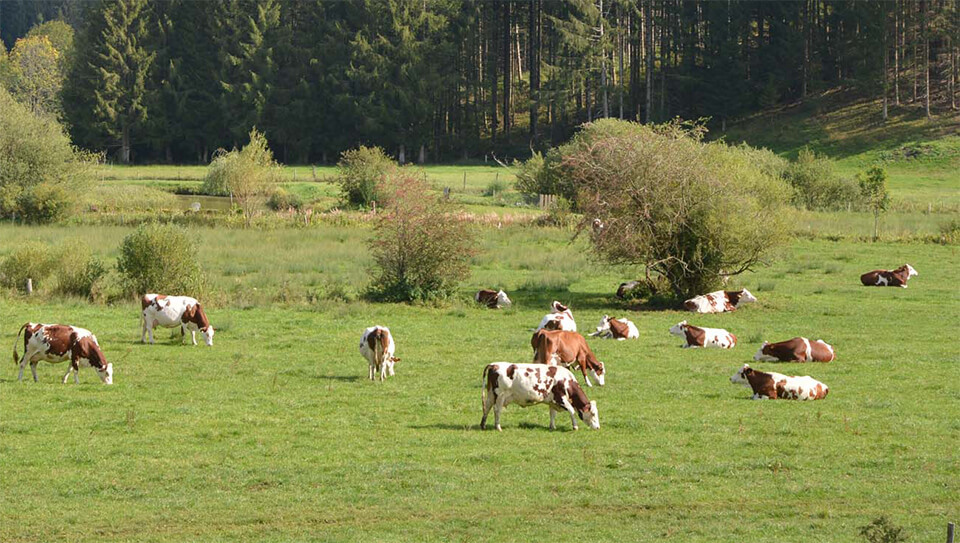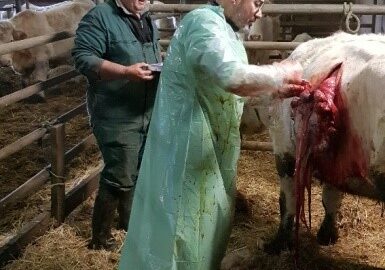Hygiène de la collecte et de la distribution du colostrum : des piliers souvent négligés

Auteurs
Résumé
Afin d’optimiser le transfert de l’immunité passive au veau après la naissance, un certain nombre de recommandations ont été édictées : c’est la règle dite des 5Q pour Quantité, Qualité, Rapidité (Quickly en anglais), Quantification et Hygiène (Quite Clean en anglais). Si de nombreux travaux de recherches ont été publiés notamment sur les aspects liés à la rapidité de distribution et les quantités/qualités de colostrum à distribuer, on dispose de peu de données concernant l’hygiène. Pourtant, un défaut d’hygiène lié le plus souvent à la collecte, l’administration voire la conservation du colostrum peut être néfaste pour le veau de manière directe (ingestion d’agents pathogènes) mais aussi indirecte en ayant un impact négatif sur l’efficacité du transfert d’immunité passive. Pour y remédier, prêter une attention particulière à l’hygiène autour de la prise colostrale est essentiel comme le montre en détail cet article.
Abstract
While a great deal of research has been published, particularly on aspects relating to the speed of distribution and the quantity/quality of colostrum to be distributed, there is little data on hygiene and farmer's practices. However, a lack of hygiene, most often associated with the collection, administration and even storage of colostrum, can be harmful to the calf, both directly (ingestion of pathogens) and indirectly, by having a negative impact on the effectiveness of passive immunity transfer. Paying particular attention to hygiene around colostrum intake is therefore crucial.
D'autres articles
JNGTV 2016 Page 647
Bovins · Zootechnie
Évaluation et suivi de la santé et de la croissance des génisses laitières de remplacement jusqu’au sevrage.
Découvrez aussi nos formations
05 janvier 2026
5 jours
Bovin laitier · Bovin viande · Bovins


